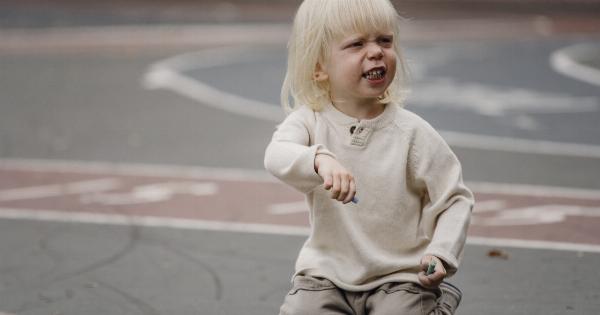Going back to school after a holiday break can be tough for both teachers and students. The relaxed pace and freedom from a daily routine over the holidays can make it hard to get back into the swing of things in the classroom.
Here are some tips to help ease the transition and adjust to classroom routines after holiday breaks.
1. Plan Ahead
To avoid feeling overwhelmed when returning to school after a break, it’s a good idea to spend some time planning ahead. Take an hour or two to organize your class materials and plan lessons for the first few days back.
This will help you feel more in control and reduce stress.
2. Review Expectations and Rules
It’s important to review classroom expectations and rules with your students after a holiday break. Remind them of your expectations for behavior, participation, and effort.
Also, clarify any rules that may have changed or been forgotten during the break.
3. Establish a Routine
Setting a routine is crucial for both teachers and students. A routine provides structure and consistency, which helps students feel more comfortable and confident in the classroom.
Consider incorporating a warm-up activity, review of the previous day’s work, or a class discussion at the beginning of each day to establish a daily routine.
4. Have a Positive Attitude
Starting out with a positive attitude can set the tone for a successful return to school after a break. Greet your students with a smile and a positive attitude, and encourage them to share about their break.
Being excited to see your students again will help them feel more motivated and eager to learn.
5. Use Engaging Activities
After a long holiday break, students may find it hard to focus on academic work. To overcome this, try incorporating engaging activities into your lessons.
Consider using games, group activities, or other hands-on activities to help students stay engaged and motivated. This will help them ease back into learning mode more easily.
6. Keep Things Simple
When planning lessons after a break, it’s important to remember that students may need some time to adjust and get back into the routine. To help ease the transition, keep things simple.
Plan straightforward lessons that are easy to understand and require minimal preparation on the part of the students. This will allow them to ease back into their academic routine more gradually.
7. Set Goals
Setting goals is an effective way to motivate students after a break. Consider setting achievable goals for your class and communicating them clearly to your students.
Encourage them to work toward these goals, both individually and collectively, throughout the first few weeks back. This will help them stay motivated and focused on their academic work.
8. Communicate With Parents
After a holiday break, it’s also a good idea to touch base with parents to inform them of any changes in the classroom and to discuss any concerns you may have.
This can help reduce anxiety and promote open communication between home and school, which is essential for student success.
9. Take Breaks
It’s important to remember that adjusting to classroom routines after a holiday break can be tiring. Teachers and students alike may need some extra breaks during the day to recharge.
Consider adding in some physical activity breaks or taking a five-minute break mid-way through a lesson to allow students to refocus and recharge.
10. Be Patient
Finally, it’s important to be patient when adjusting to classroom routines after a holiday break. Recognize that it may take some time for both teachers and students to get back into the swing of things.
Keep a positive attitude and remember that with patience, you and your students will soon be back in the groove of the classroom.






























